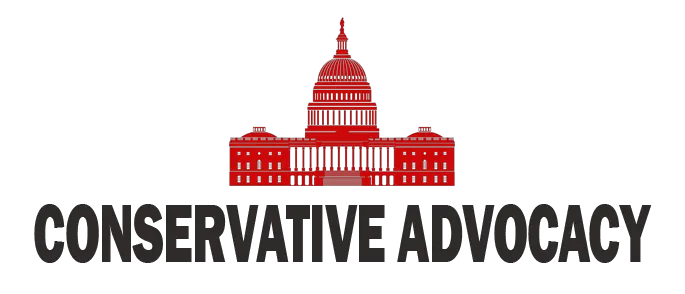A recent study by the CDC reveals that a staggering 40 percent of teenagers are feeling sad or hopeless almost every day, and it seems that everyone can point to the pandemic as the fall guy. With 31 percent of teens reporting that their mental health was less than stellar during COVID-19, the youth of America are sounding alarms loud enough to wake up the snoozing bureaucrats in D.C. The CDC’s Acting Principal Deputy Director, Debra Houry, has made it clear that the data represents a serious cry for help. Still, one has to wonder if help can truly come from the same government that inadvertently contributed to the chaos.
Just this week, the Substance Abuse and Mental Health Services Administration (SAMHSA) released findings showing that nearly a third (31.9 percent) of American teens aged 12 to 17 have undergone mental health treatment in 2023. This shake of the mental health snow globe indicates that around 8.3 million young people are seeking help, which sounds significant until you consider that one of the major contributing factors was government-mandated isolation that turned many kids into hermits. It appears that talking to a therapist is now the new normal, but the question arises: are we really addressing the root causes or just handing out band-aids?
An Alarming Amount of Teens Received Treatment for Mental Health in 2023 https://t.co/lvi0BF6CtM
— Carol RN *Miss Rush & the Gipper* 👩⚕️🇺🇸 🇮🇱🦈 (@pasqueflower19) July 31, 2024
The breakdown of treatments sheds even more light on the situation. A mere 1.2 percent of adolescents—just over 300,000—received mental health treatment while behind bars. Meanwhile, a much larger chunk, 23.6 percent, or 6.1 million, opted for outpatient services. Perhaps they prefer seeing a therapist in a more comfortable setting than a cell, which is a silver lining but raises questions about why so many are opting for help outside institutional walls. The telehealth trend also became popular among 14.2 percent of adolescents; perhaps they believe streaming therapy sessions while lounging in pajamas is the way to go. Maybe it’s a metaphor for their overall therapy: more like an “always in their comfort zone” type of deal.
In 2022, the stats weren’t any prettier. Approximately 29.8 percent of youth, translating to 7.7 million kids, received mental health treatment. The numbers painted a troubling picture, but you have to give some credit to bureaucrats for pretending they care. Miriam E. Delphin-Rittmon, HHS’s Assistant Secretary for Mental Health, expressed delight in this year’s increase in treatment uptake. This is the same government that brought you weeks of lockdown, masks, and endless Zoom classes—all while ignoring the mounting stress that youth were under.
Looming over all this isn’t just the feeling of sadness; 4.5 million young people had a major depressive episode, and almost 20 percent of them were also battling a substance use disorder. No one likes to connect the dots, but the government’s interference with everyday life has more than likely played a role in this dramatic mental health decline. The statistics are overwhelmingly clear: America’s youth need far more than just another group therapy session or a prescription—it needs a real conversation about resilience, personal responsibility, and perhaps a serious reassessment of the ethos that led to these unprecedented disruptions in their lives.




